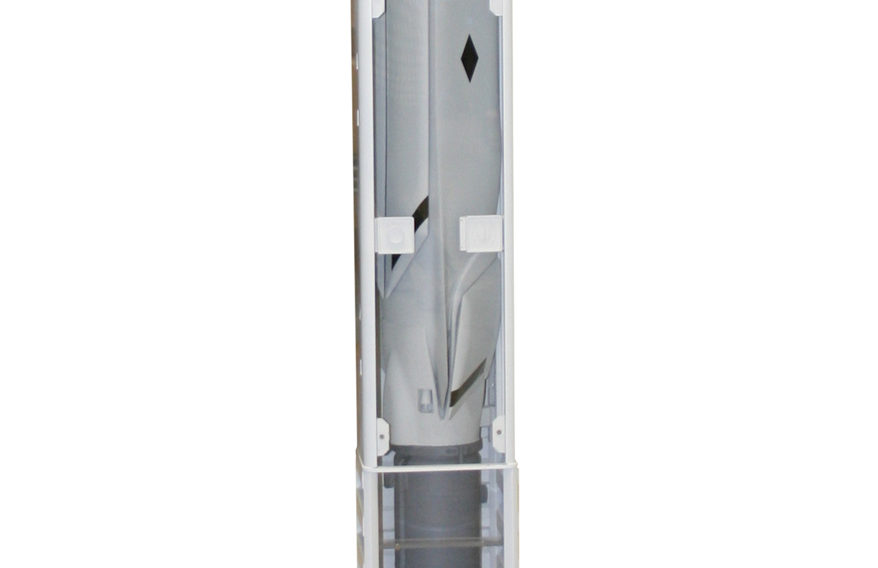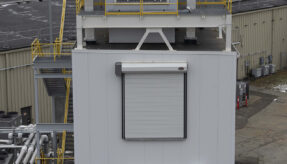
Lockheed Martin has conducted a successful controlled flight test of the Long Range Anti-Ship Missile (LRASM) surface-launch variant from the Self Defense Test Ship at Pt Mugu Sea Range, California.
LRASM is a precision-guided anti-ship missile that leverages the successful JASSM-ER heritage, and is designed to meet the needs of US Navy and Air Force warfighters in a robust anti-access / area-denial threat environment. The air-launched variant provides an early operational capability for the Navy’s offensive anti-surface warfare Increment I requirement to be integrated onboard the USAF’s B-1B in 2018 and on the Navy’s F/A-18E/F Super Hornet in 2019.
This was the third successful surface-launched LRASM test, proving the missile’s ability to load mission data using the modified Tactical Tomahawk Weapon Control System (TTWCS+), align mission data with the moving ship and launch from the Mk41 Vertical Launch System (VLS). During the test, LRASM exited the VLS launcher, cleanly separated from its Mk-114 booster and transitioned to the cruise phase. The missile successfully flew a pre-planned low-altitude profile collecting aerodynamics agility data while en route to its predetermined endpoint.
Scott Callaway, LRASM Surface-Launch Director at Lockheed Martin Missiles and Fire Control, said: “This successful flight test demonstrates Lockheed Martin’s readiness to answer the US Navy’s need for new anti-surface warfare capabilities as part of the ‘distributed lethality’ concept. This LRASM flight test from a US Navy surface ship VLS highlights the successful collaboration between Lockheed Martin and the Navy.”
If you would like to join our community and read more articles like this then please click here








